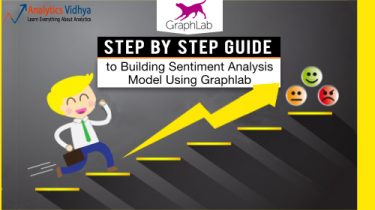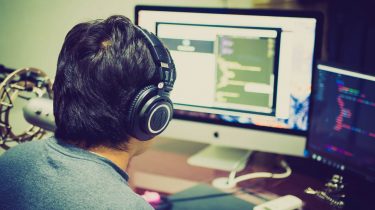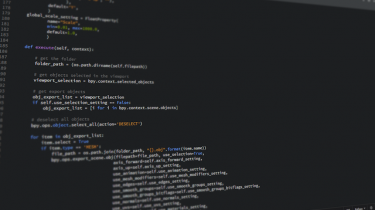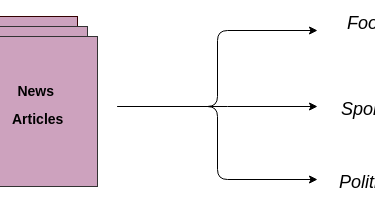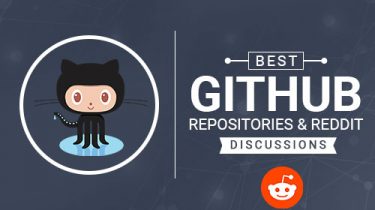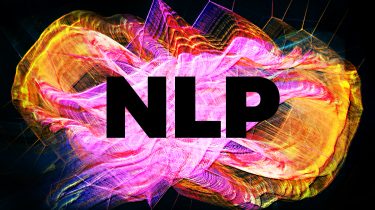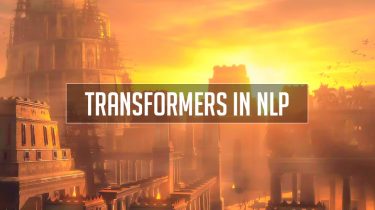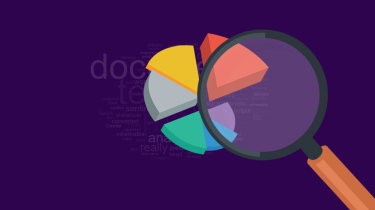Step by step guide to building sentiment analysis model using graphlab
I have been using graph lab for quite some time now. The first Kaggle competition I used it for was Click Trough Rate (CTR) and I was amazed to see the speed at which it can crunch such big data. Over last few months, I have realised much broader applications of GraphLab. In this article I will take up the text mining capability of GraphLab and solve one of the Kaggle problems. I will be referring to this problem with […]
Read more